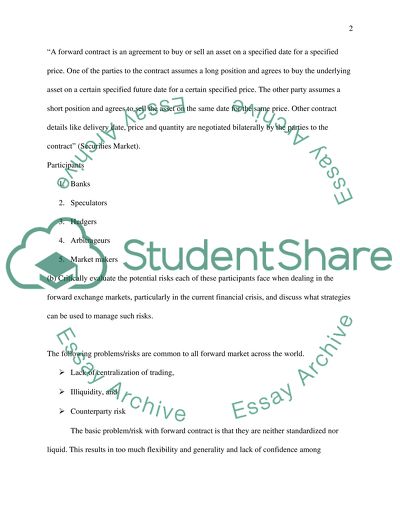Cite this document
(International Capital Markets and Finance Assignment, n.d.)
International Capital Markets and Finance Assignment. Retrieved from https://studentshare.org/macro-microeconomics/1503961-international-capital-markets-and-finance
International Capital Markets and Finance Assignment. Retrieved from https://studentshare.org/macro-microeconomics/1503961-international-capital-markets-and-finance
(International Capital Markets and Finance Assignment)
International Capital Markets and Finance Assignment. https://studentshare.org/macro-microeconomics/1503961-international-capital-markets-and-finance.
International Capital Markets and Finance Assignment. https://studentshare.org/macro-microeconomics/1503961-international-capital-markets-and-finance.
“International Capital Markets and Finance Assignment”, n.d. https://studentshare.org/macro-microeconomics/1503961-international-capital-markets-and-finance.


